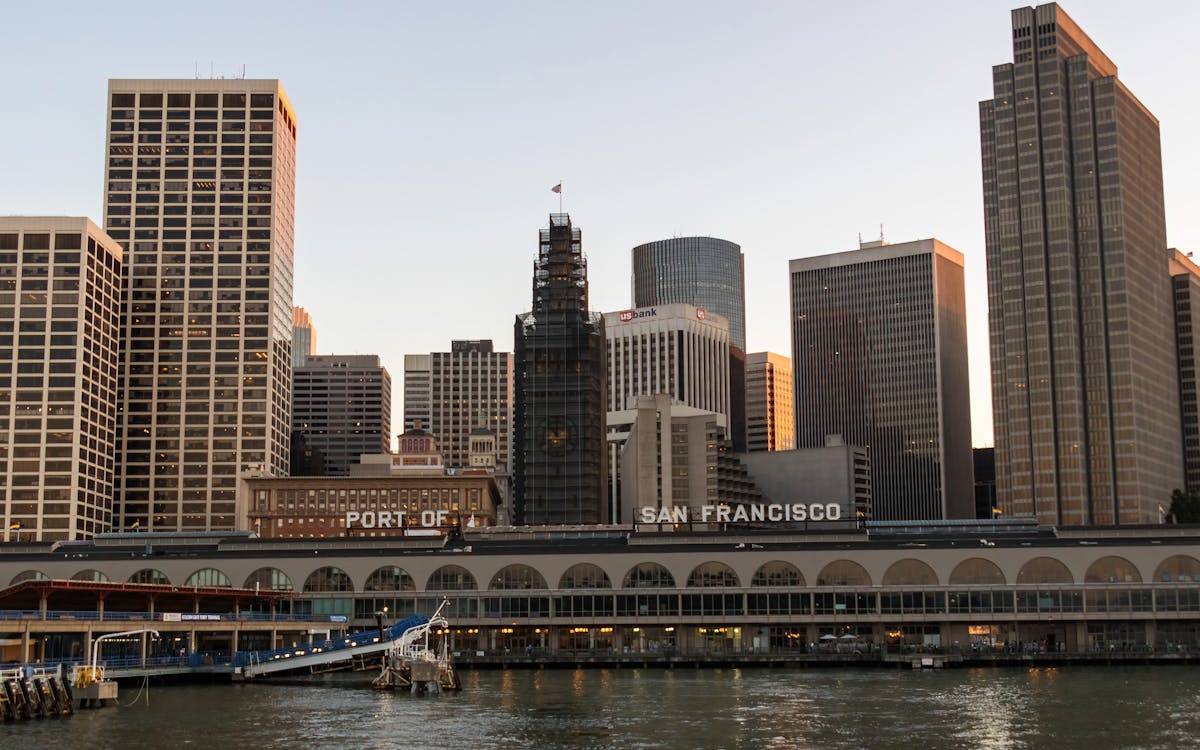Nature’s Comeback: How Communities Rebuild the Bay
Nature’s Comeback: How Communities Rebuild the Bay
Blog Article

Why Restoration Matters More Than Ever in the Bay Area
Over the last couple of decades, the San Francisco Bay has weathered the impact of urban expansion, industrial growth, and environment adjustment. When teeming with wildlife and lavish marshes, most of the bay's all-natural ecological communities have actually been fragmented or deteriorated. Yet amid these challenges, something impressive is taking place: regional residents, volunteers, and grassroots campaigns are leading a wave of ecological repair that's bringing new life back to the Bay.
Restoration isn't nearly planting trees or tidying up trash, though those initiatives are necessary. It's regarding restoring the foundations of life, from marsh grasses that sustain fish nurseries to shoreline barriers that guard against flooding. And in this area, the power of community participation is transforming the tide really realistically.
From Marshland to Miracle: The Return of Native Habitats
Among one of the most visible adjustments happening in the Bay Area is the re-emergence of indigenous habitats. Wetlands that were as soon as drained pipes or paved over are being rehydrated and replanted. Lawns and hedges indigenous to the area are being grown by community groups, who often depend on neighborhood volunteers to help grow plants and take care of regulated growing events.
These native plants do more than add plant to the landscape. They supply refuge to migratory birds, pollinators, and small animals, developing pockets of biodiversity in the middle of busy urban zones. As these habitats expand, so does the environmental health and wellness of the Bay itself. When neighborhood homeowners take time out of their weekend breaks to get their hands in the soil, they're not just planting-- they're joining the restoration of a living, breathing community.
The Role of Education in Fostering Environmental Stewards
Education plays a critical component in why these community-led efforts are functioning so well. Schools, neighborhood centers, and not-for-profit groups are organizing hands-on learning experiences where individuals of every ages can comprehend the scientific research and significance of restoration. These programs frequently bring people one-on-one with concerns like erosion, pollution, and water level increase-- topics that can really feel abstract up until they're seen up close.
When someone sees the fragile equilibrium of an estuary or finds out exactly how a single plant varieties can filter toxic substances from the water, the value of that expertise ends up being personal. And with that said understanding comes the motivation to act. Restoring ecological communities ends up being much less of a duty and more of a goal. This deep connection to regional spaces is what establishes the Bay Area apart and gas the long-lasting success of these efforts.
Using the Digital World to Drive Real-World Change
Surprisingly, the press to recover the Bay's communities isn't taking place in isolation from the digital world. Modern technology is becoming an effective device in rallying support, spreading out recognition, and linking areas. Whether through resident scientific research apps that track indigenous types or area forums organizing reconstruction events, the on-line area is matching boots-on-the-ground action.
In recent times, even neighborhood outreach approaches have actually advanced. For example, a social media marketing agency in the Bay Area might support ecological campaigns by assisting volunteers amplify their impact, inform their stories, and inspire others to obtain included. These electronic touchpoints have the power to transform a tiny weekend cleaning into a regional motion simply by allowing individuals know it's occurring-- which it matters.
Email Campaigns That Inspire and Inform Local Change-Makers
One more electronic technique making a tangible difference is e-mail interaction. Updates about reconstruction events, view seasonal growing efforts, and contribution drives are often shared through thoroughly crafted newsletters that strike an equilibrium in between being helpful and motivating. It's not unusual for a well-timed campaign from an email marketing agency in San Francisco to bring a rush of volunteers or contributions to a task in need.
These e-mail projects aren't just transactional-- they're transformative. By educating clients about the direct effect their participation has, they support lasting involvement. Visitors concern seem like stakeholders in the health of their region, and that psychological link translates to lasting commitment.
The Unseen Work of Connecting Data, Communities, and Nature
Behind every successful reconstruction project exists an intricate web of coordination. There's research to understand what environments need most, community responses to shape comprehensive plans, and follow-up monitoring to guarantee success. This kind of continuous initiative often requires not simply heart, however information, strategy, and communication.
That's where the support of a digital marketing company in the Bay Area can make a peaceful yet vital distinction. By assisting organizations develop strong electronic platforms, gather understandings, and improve their messaging, these teams enable area groups to scale their influence. The result is a more connected and effective motion, where every action counts, and everyone feels like they're component of something larger.
The Power of People in Preserving the Bay's Future
If there's something the Bay Area has proven, it's that reconstruction does not have to begin with huge institutions or enormous budget plans. It can start with one neighbor drawing weeds from a route, one trainee planting a native seedling, or one family members turning up to a coastline cleaning. These little actions add up, especially when they're supported by wise approaches and shared with the more comprehensive community.
There's something uniquely enthusiastic about seeing the trends transform-- both figuratively and essentially-- in favor of nature. The Bay is much from totally recovered, yet it's being revived day after day through the determination and treatment of those that call this area home. With each marsh rebuilt and each indigenous species secured, we're not just bring back ecological communities-- we're envisioning what's possible when communities lead with objective.
Keep following this blog site for even more stories on local change, area influence, and the ways you can be part of protecting the all-natural beauty that surrounds us.
Report this page